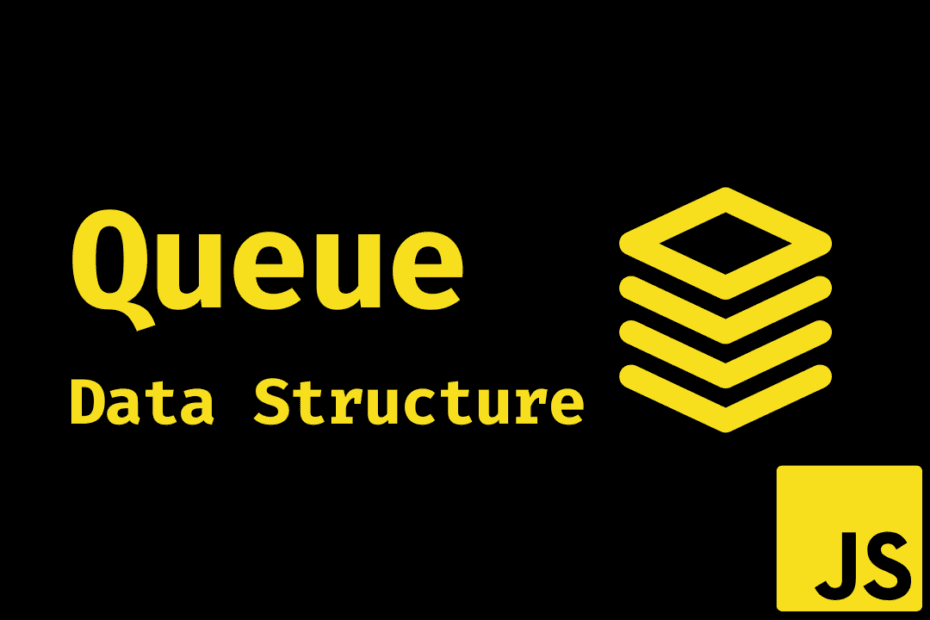A Queue is a data structure that follows the FIFO (First In, First Out) principle. Think of it like a real-world queue 🧑🤝🧑 where people join from the last and exit from the start.
Operations performed on a Queue
- isEmpty – Checks if the queue is empty.
- peek – Returns the value at the front of the queue without removing it.
- enqueue – Adds a new value to the back of the queue.
- dequeue – Removes and returns the value at the front of the queue.
JavaScript Code for a Queue
I have implemented the JavaScript code below for a queue data structure using classes and nodes. In a way, it’s almost similar to the stack code.
Note: Each node stores its own data and a pointer (or reference) to the next node location (memory address).
class Node {
constructor(value) {
this.value = value; // Data stored in the node
this.next = null; // Pointer to the next node
}
}
class Queue {
constructor() {
this.first = null;
this.last = null;
this.size = 0;
}
// Checks if the queue is empty
isEmpty() {
return this.size === 0;
}
// Returns the value of the head node
peek() {
return this.first?.value;
}
// Adds a new node with the given value to the end of the queue
enqueue(value) {
const newNode = new Node(value);
if (this.isEmpty()) {
// If the queue is empty, the new node becomes both the first and last
this.first = newNode;
this.last = newNode;
} else {
// Otherwise, add the new node to the end and update the 'last' pointer
this.last.next = newNode;
this.last = newNode;
}
return ++this.size;
}
// Removes the first node from the queue and returns it's value
dequeue() {
if (this.isEmpty()) return undefined;
const temp = this.first; // Save reference to the current first node
this.first = this.first.next; // Update 'first' to be the next node in queue
this.size--;
// If the queue is now empty after dequeueing, update 'last' to be null
if (this.isEmpty()) {
this.last = null;
}
return temp.value;
}
}
const myQueue = new Queue();
console.log(myQueue.enqueue("value 1")); // 1
console.log(myQueue.enqueue("value 2")); // 2
console.log(myQueue.enqueue("value 3")); // 3
console.log(myQueue.first)
/* {
"value": "value 1",
"next": {
"value": "value 2",
"next": {
"value": "value 3",
"next": null
}
}
}
*/
console.log(myQueue.size) // 3
console.log(myQueue.isEmpty()); // false
console.log(myQueue.peek()); // value 1
console.log(myQueue.last) // Node { value: 'value 3', next: null }
console.log(myQueue.dequeue()); // value 1Time Complexity – O(1)
All the operations (enqueue, dequeue, peek, and isEmpty) take constant time O(1).
Real World Applications of a Queue
- First come, first serve logic is also based on a queue data structure
- Customer service lines are in a queue order for ticket booking apps
Data Structures in JavaScript Series
- Implementing Stack in JavaScript
- Implementing Queue in JavaScript
- Singly Linked List in JavaScript
- Doubly Linked List in JavaScript
